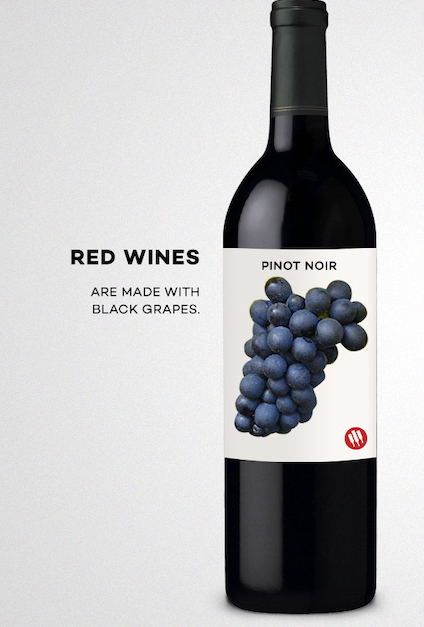4 Week Introduction to Wine Tasting – £200 – next date TBC

Daygustation Wines (stolen from the French dégustation ‘to taste’) is owned by Matt Day who has over 20 years of experience working in every area of the wine trade. Matt has been hosting wine events and courses for over 15 years and has developed a teaching style that is expert, yet fun and engaging. His courses are designed to always demystify and never intimidate inspiring a thirst for knowledge and ever better wine. And since you are being taught by the owner you might rightly expect that the wines will be tip top – not the plonk you will be served on most budget conscious wine courses! The 4 week course will give you a great basic understanding of wine tasting, wine making and key grape varieties.
Week 1 – The building blocks
Using carefully selected wines that have opposing characteristics we will teach you the building blocks of taste including sweetness, acidity, body, alcohol and tannins. You will be taught the correct terms and wine vocabulary – the words ‘nice’ and ‘fruity’ are not allowed – all wines served a will be ‘nice’ and all wines have a ‘fruity’ character! You will also be introduced to the systematic approach – breaking the wine down into its constituent parts (look, smell, taste) and then putting these back together to form a conclusion.
Week 2 – White
In week two we look at eight white wines made from different grape varieties. Each grape variety always has the same core flavours and physical characteristics wherever it is grown in the world. For instance, Sauvignon Blanc, whether grown in Marlborough or the Loire is always redolent of elderflower and gooseberry with high levels of acidity. We will use physical props (fruits, herbs, spices) to bring alive the aromas of some of the wines that we taste.
We will also cover:

- How white wines are made
- The effect of oak
- The difference between cheap and expensive wines
- Serving temperature and storage
- Food pairing with white wines
Week 3 – Red
In week three we look at seven red wines (and one rosé the lightest of all reds) made from different grape varieties. Each grape variety always has the same core flavours and physical characteristics wherever it is grown in the world. For instance, Cabernet Sauvignon is always redolent of black currant with medium weight and tannins. We will use physical props (fruits, herbs, spices) to bring alive the aromas of some of the wines that we taste.
We will also cover:
- How red wines are made
- What is the point of aging red wines and how do you do it
- Serving temperature and storage
- Food pairing with red wines
Week 4 – Sparkling
In week four we look at eight sparkling wines. There are many different ways to get bubbles into wine – at the lowest level you could use a soda stream! The method will have a serious impact on bubble size, taste and price tag. We will look at Moscato, Prosecco, Cava, Cremant and Champagne, Rosé Champagne, Blanc de Blancs Champagne and Vintage Champagne.
We will also cover:
- The different methods of sparkling wine production
- Serving temperature and storage
- Food pairing with sparkling wines